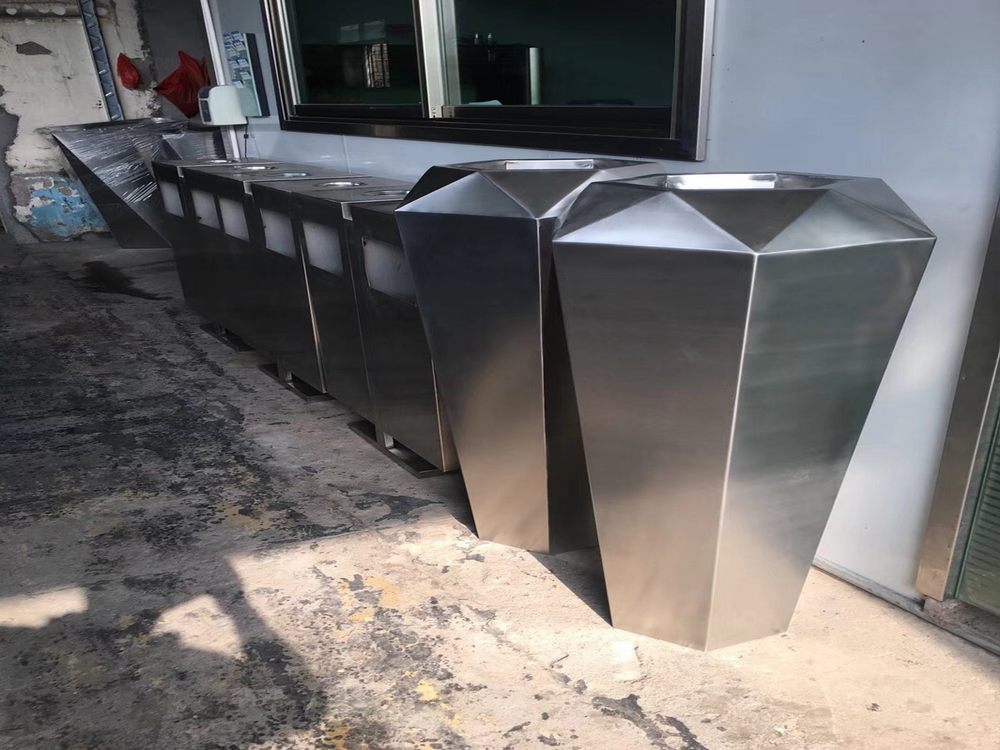
Bronze sculptures, with their timeless elegance, take on a dynamic character when placed outdoors under daylight. The interplay between these metallic artworks and their shadows creates a captivating visual narrative. As sunlight shifts throughout the day, the shadows cast by bronze sculptures evolve, adding movement and depth to otherwise static pieces.
The textured surfaces of bronze sculptures—whether smooth or intricately detailed—interact uniquely with light. Morning light produces long, soft shadows that gradually shorten and sharpen as noon approaches. This transformation highlights different aspects of the sculpture's form, revealing hidden details in the changing angles of illumination.
Artists often consider shadow interaction when designing outdoor bronze pieces. Protruding elements are strategically placed to create dramatic shadow patterns, while recessed areas play with negative space. The warm, reflective quality of bronze also interacts with ambient light, sometimes casting golden hues onto nearby surfaces.
Seasonal changes further influence this relationship. Summer's high sun creates compact shadows that emphasize verticality, while winter's low-angle light stretches shadows dramatically across surfaces. Rain or overcast days offer a different experience, softening shadows and muting the sculpture's metallic glow.
This ever-changing dance between bronze sculptures and their shadows makes outdoor installations particularly engaging. Viewers can return to the same piece at different times and witness entirely new artistic expressions, proving that bronze sculptures are never truly static in natural light.

